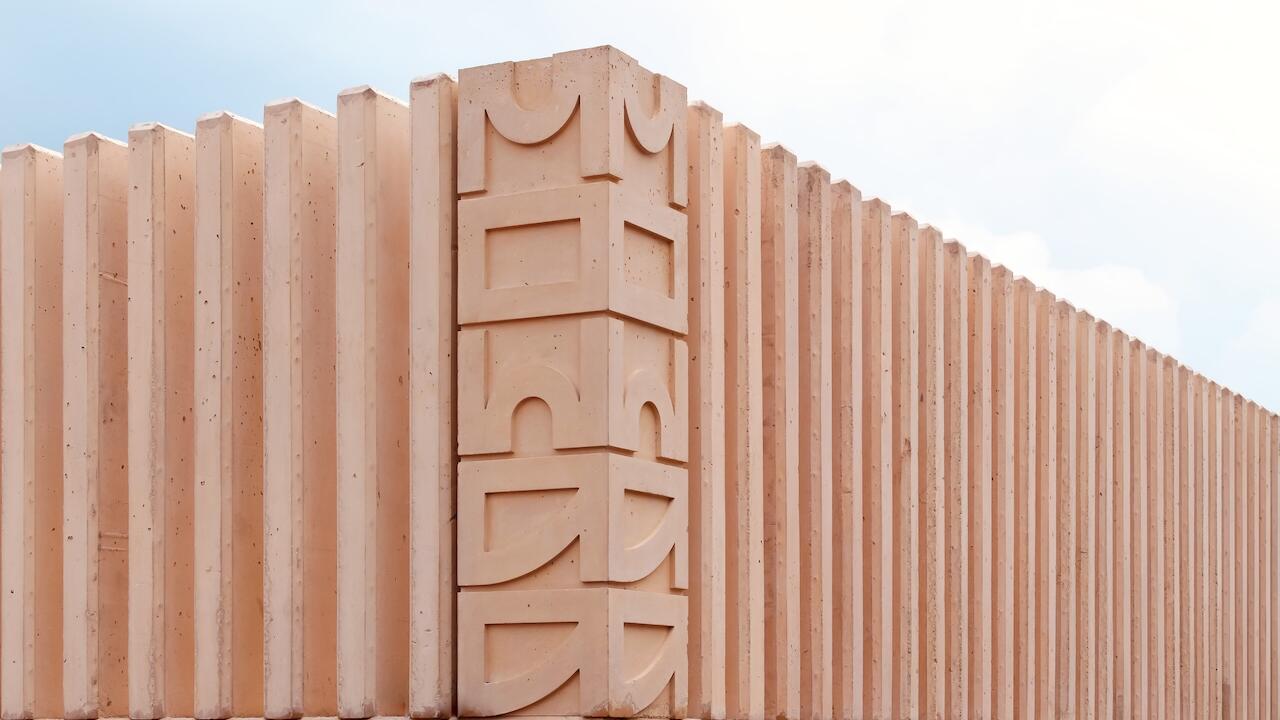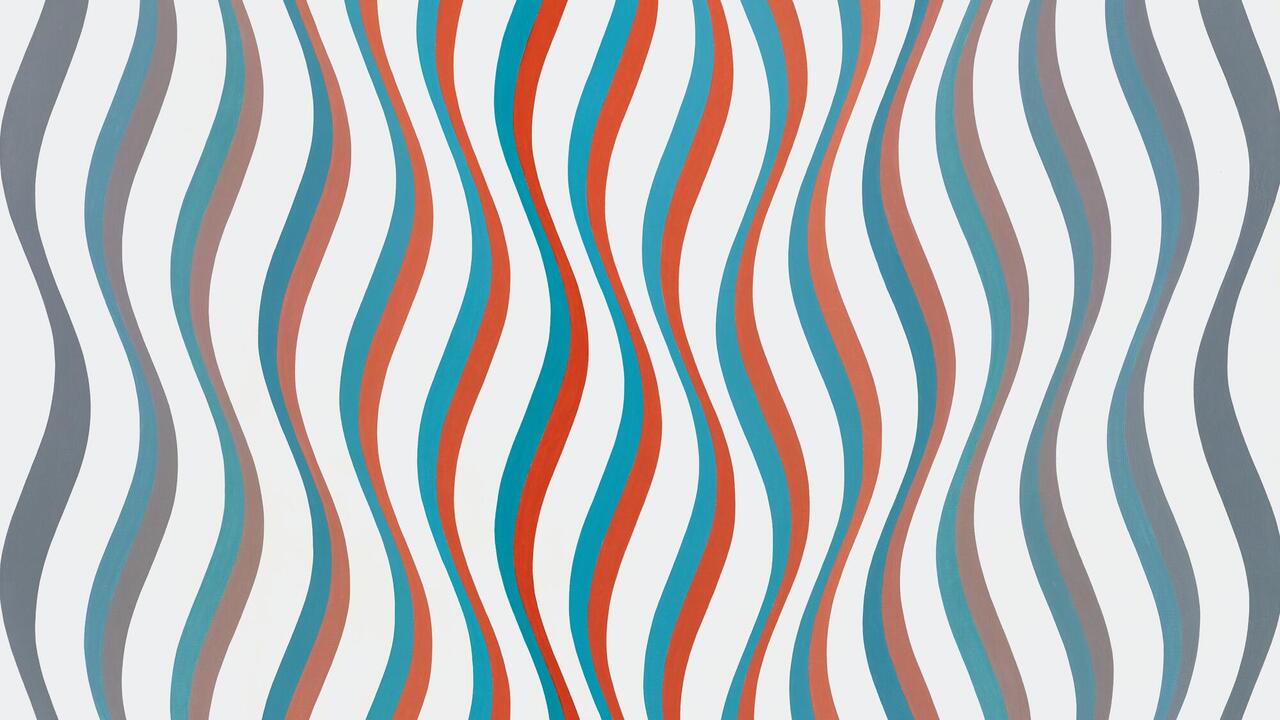Henri Chopin, Guy de Cointet & Channa Horwitz
Kunsthalle Düsseldorf
Kunsthalle Düsseldorf

What is a letter or a number? Firstly, a visual sign. But a sign that also transports a certain significance: these semantic and visual qualities intertwine and overlap. A Void at the Kunsthalle Düsseldorf was dedicated to precisely this tension, and to the possibilities of shifting, reordering or even suspending the rules of the relationship between the semantics of signs and their visual appearance. The show featured works by the poet, graphic artist, performer and experimental sound artist Henri Chopin, who was a key figure in the French avant-garde of the 1950s and ’60s; Guy de Cointet, who was a fixture of California conceptual art from the time he moved to Los Angeles in 1968 until his premature death in 1983, and the recently deceased Channa Horwitz, also from Los Angeles.
The exhibition takes its name from the translation’s title of French writer Georges Perec’s novel La Disparition (1969; A Void, 1994). The letter ‘e’ does not appear a single time in the roughly 300-page crime parody: the novel is a linguistic experiment centred on the random establishment of new rules that shift the usual system of rules onto adventurous terrain.
All of the three artists began to work with sign systems in the 1960s. Inspired by the then-current discussion within French semiotics which called into question the previously fixed relationship between sign and referent, between signifier and signified, all three began to split the signifier from its signified, to fragment the signifier, to shape and format it anew.
Take, for example, Chopin’s 1984 series Enluminure. The title is understood as an allusion to medieval illuminationed manuscripts. In the series, which Chopin dedicated to George Orwell, the author of 1984 (1949), he uses a typewriter to type ‘1984’ repeatedly onto paper in such a way that a shape takes form – a cone, for example, or a knife. In A Silhouette (1984), black numbers typed beside and over one another form a skyscraper bordered by many upside-down red fours. Letters and numbers, bearers of semantic significance, turn into images at the same time.
De Cointet’s works take a much freer approach. With fragmented letters, he writes full sentences in a graphically ornamental form; the sentences are in turn the titles of the works. One, for example, is entitled Because the cloud is dark which lit up the night (1977). The sentence only becomes legible with a great deal of imagination. But the work’s foremost concern is not legibility, but rather the visual form and the rules which de Cointet chooses and imposes upon himself, adherence to which gives rise to abstract forms. Horwitz too is ultimately concerned with the interplay between rules and freedom: she once said that she experienced freedom only by limiting her artistic choices. She therefore concocted for herself sophisticated systems based on the numbers one to eight. Following these systems, she draws lattice-like patterns on graph paper; in works such as 8 Expanded, Variation I (1981) these patterns grow into quasi three-dimensional models. The works shown by the three artists in the exhibition are broad-ranging, from Chopin’s playfulness and visual orientation to de Cointet’s sense of freedom and imagination to Horwitz’s rigorous following of her own rules. What ties them together, though, is that all of the artists shift rules, subvert them, or even rescind them and replace them with new ones.
Translated by Jane Yager














